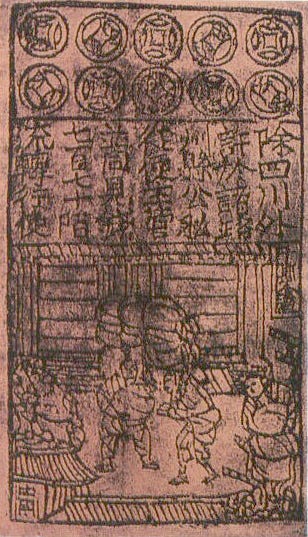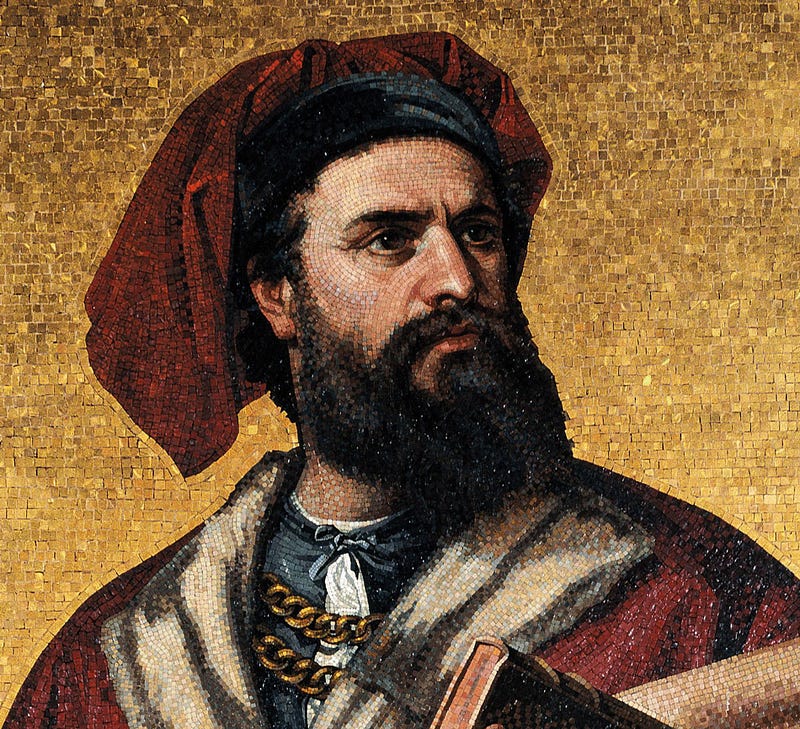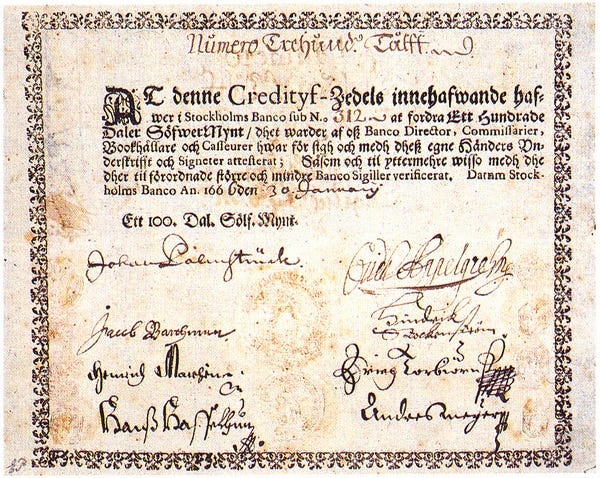 aper currency in the form of banknotes we use in most of our day-to-day lives. Although technology such as credit cards is replacing the use of paper money, before the introduction of such technology, most small payments were done using this medium of transfer. Especially payments done by consumers such as you and I.
aper currency in the form of banknotes we use in most of our day-to-day lives. Although technology such as credit cards is replacing the use of paper money, before the introduction of such technology, most small payments were done using this medium of transfer. Especially payments done by consumers such as you and I.
Humanity has always used some type of currency to trade goods, going back as far as the Lydian civilization around 1000 BC. Back then, coins were mostly used in transactions, but as trading got more complicated and more goods were traded, a new method of currency transfer was needed.
The Far East

The genesis of paper money can be traced back to the Tang dynasty, which ruled most of the land that makes up modern-day China from 618 to 907.
During this dynasty, the local currency was used by local traders to make the transfer of goods much simpler.
This came about in the use of notes which promised traders that they would get their money from a trustee. Much more expansive use of this method came about in the 11th century with the Song dynasty.
Banknotes back then weren’t really used as currency but more as a promise that a trader would get their money.
This stemmed from the problem that although Chinese coins could easily be carried around due to the hole they had in the middle, carrying much of this currency became a burden to many large-scale merchants.
As a result, a merchant would leave his money with a trustee who would then write him a note which stated how much money he left with him so that he didn’t have to carry strings of coins with him.
This note could then be given to another merchant in place of the money that was left with the trustee allowing the receiving merchant to take that money out whenever he pleased.
The Song Dynasty saw this new development in trade and sought to capitalize on it. Seeing that paper money was much more efficient to trade with than coins, the dynasty started issuing state-backed paper money in the 1120s. It is said that during the 12th century, the number of banknotes issued in a year were worth around 26 million strings of coins.
Bringing back technology
During this period in Europe, some rudimentary use of currency-like mediums of exchange were seen, such as with the Knights of the Templar, who would take pilgrims’ valuables for which they received a receipt stating the value of their valuables. This receipt could be redeemed on their arrival to the Holy Land, where the pilgrims would receive treasure of equal value.

The actual knowledge of paper money only arrived in Europe during the 13th century through explorers such as Marco Polo, who visited the Yuan Dynasty during the 13th century and brought his findings back to Europe. His description of paper money amazed many Europeans at the time:
“All these pieces of paper are, issued with as much solemnity and authority as if they were of pure gold or silver […] with these pieces of paper, made as I have described, Kublai Khan causes all payments on his own account to be made; and he makes them to pass current universally over all his kingdoms and provinces and territories, and whithersoever his power and sovereignty extends[…] and indeed everybody takes them readily, for wheresoever a person may go throughout the Great Kaan’s dominions he shall find these pieces of paper current, and shall be able to transact all sales and purchases of goods by means of them just as well as if they were coins of pure gold.” — Marco Polo
This technology started being used in Italy around this period through the use of promissory notes, the predecessors of actual banknotes. This came about because of the need for secure money transfers at a time when manually transporting money across the country was dangerous. The name for banknotes actually derives from a 14th-century Italian phrase, “nota di banco” which literally meant banknote.
The Price Revolution
The mass switch to paper money only came about during the Price Revolution around the 17th century. Around this period, Europe saw large increases in inflation because of the mass influx of gold from the Spanish Treasure Fleet, which brought in enormous amounts of gold from their colonies in South America. This resulted in an annual inflation rate of 1%-1.5%, which at the time was very high.

In London, goldsmith-bankers started issuing notes that were redeemable by the holder rather than the creator of the note allowing for the note to be used as currency rather than a promissory note.
The first state-issued banknotes came from the Bank of England, which was established in 1694 to raise money for the Nine Years’ War (1688–1697). By 1745, standardized printed notes ranging from £20 to £1,000 started being printed by the Bank of England, marking the start of the use of paper currency for normal transactions in Europe.
Old technology, modern uses
When paying for something with paper money, take a second to think about how far back this invention goes. Without Chinese merchants of the 11th century needing a new medium to trade, all of our shopping might have had to be done through gold coins rather than paper money or credit cards.
Putting things that we use day-to-day in perspective is something that I find very important. Without the knowledge of our humble beginnings, I don’t think many of us can appreciate where we are at today. Make sure to spare a thought for our ancestors and their exploits which have allowed us to be where we are today.

Student of Philosophy, Politics and Economics. History fanatic. Contact: aneculaeseicg@gmail.com





